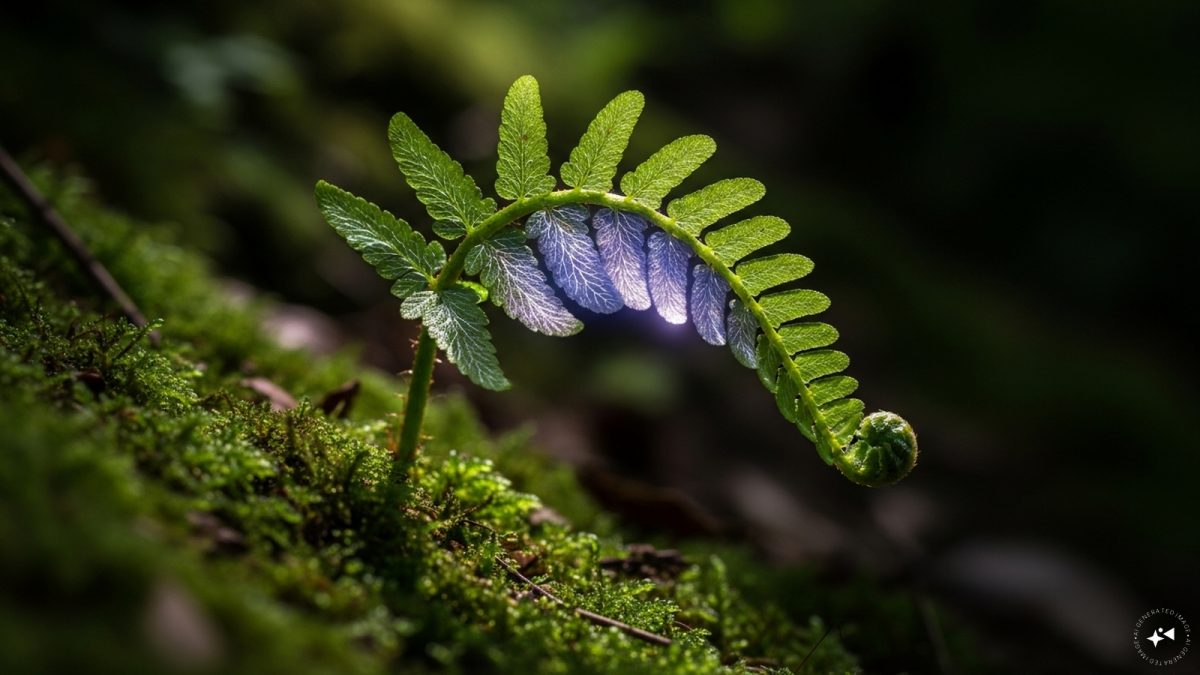In a groundbreaking discovery, a Chinese-led team of scientists said it has found a naturally formed mineral containing rare earth elements inside a living fern — a world first that could pave the way for a “green circular model” of extracting these critical materials.
According to a South China Morning Post report, citing the research team, nanoscale monazite — a mineral rich in rare earth elements — was detected within a hyperaccumulator plant, offering what they call “new possibilities for the direct recovery of functional rare earth element materials.”
“To our knowledge, this is the earliest reported occurrence of rare earth elements crystallising into a mineral phase within a hyperaccumulator,” SCMP quoted the scientists as saying.
Published this month in the peer-reviewed journal Environmental Science & Technology, the study suggests the discovery could revolutionise sustainable mining.
“This work substantiates the feasibility of phytomining and introduces an innovative, plant-based approach for sustainable rare earth element resource development,” they added.
The study was led by researchers from the Guangzhou Institute of Geochemistry under the Chinese Academy of Sciences, in collaboration with an earth scientist from Virginia Tech, US.
Phytomining — a green technique that uses hyperaccumulator plants to draw metals from soil — could offer a sustainable way to secure rare earth supplies, SCMP quoted the scientists as saying.
Quick Reads
View AllHyperaccumulators can store heavy metals or metalloids in their tissues at concentrations hundreds to thousands of times higher than those in the surrounding soil, they added.
“Leveraging this remarkable capacity, phytomining involves cultivating these plants on metal-rich soils and recovering the target metals from harvested biomass. This strategy reduces reliance on conventional mining while mitigating associated environmental and geopolitical risks,” they said.
What is Monazite?
Monazite — a phosphate mineral rich in rare earth elements such as cerium, lanthanum, and neodymium — has long been known to form under extreme heat and pressure. Now, Chinese scientists say plants can achieve the same process under normal Earth-surface conditions.
The mineral’s high melting point, optical emissivity, and resistance to corrosion and radiation make it ideal for use in coatings, lasers, light emitters, ionic conductors, and even radioactive waste management, the researchers said.
In the study, the team collected samples of Blechnum orientale, an evergreen fern known as a rare earth hyperaccumulator, along with surrounding soil from deposits near Guangzhou in southern China. Their analysis revealed rare earth elements concentrated most heavily in the fern’s pinna, followed by its roots and leaf stalks.
The paper said the minerals crystallised within the plant’s extracellular tissues under ambient conditions — a process that helps the fern block non-nutrient elements from entering its cells and detoxify itself.
The researchers described monazite formation as similar to a “chemical garden,” where metal-salt seeds in an aqueous solution form plantlike structures.
“This phenomenon is the newly recognised occurrence of a chemical garden in a plant, driven by the high local concentration of metal salts (rare earth element and phosphate) in an aqueous environment,” they wrote.
In a statement, the Guangzhou Institute of Geochemistry said the discovery offers “a new path for the sustainable use of rare earth resources.”
“By planting hyperaccumulator plants, high-value rare earths can be recovered from the plants while remediating polluted soil and restoring the ecology of rare earth tailings, thus realising a green circular model of ‘remediation and recycling at the same time’,” it said.
With inputs from agencies
)